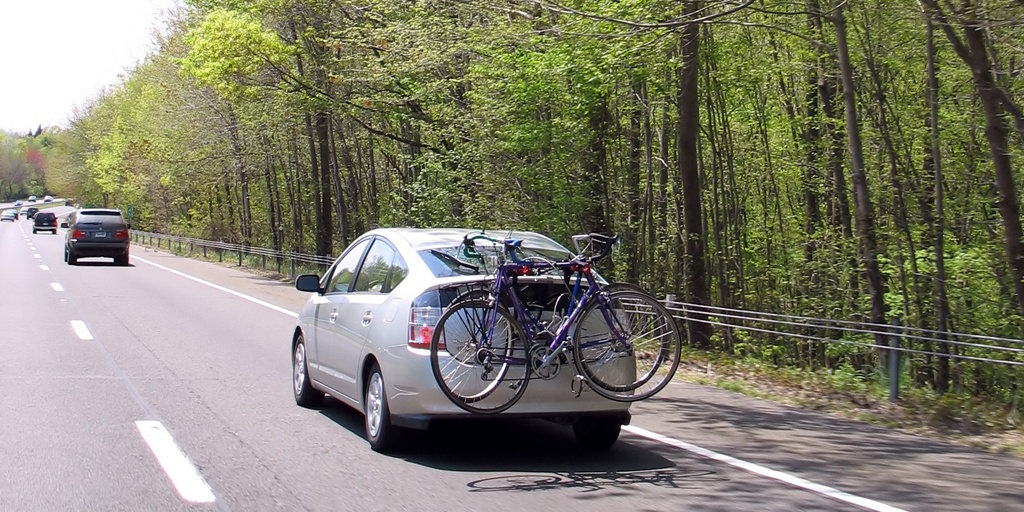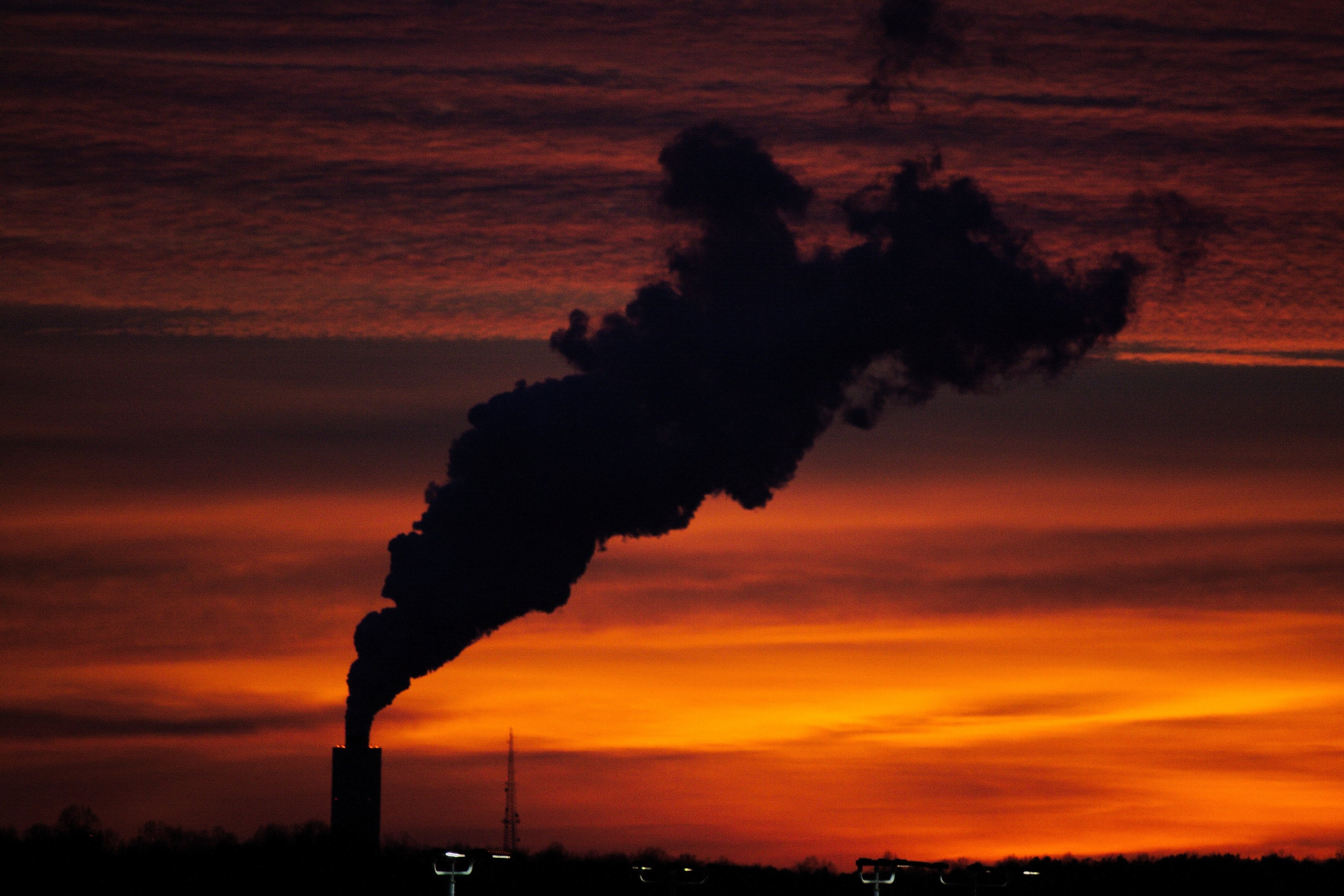The Truth about Renewable Energy and Energy Management
There are many truths and myths about renewable energy, energy management and their environmental impacts. I will address 5 general issues and their environmental implications. They can be summed up as:

By David Katz
December 19, 2012
 There are many truths and myths about renewable energy, energy management and their environmental impacts. I will address 5 general issues and their environmental implications. They can be summed up as:
There are many truths and myths about renewable energy, energy management and their environmental impacts. I will address 5 general issues and their environmental implications. They can be summed up as:
-
higher capital costs with no fuel costs
-
intermittency of renewable generation
-
deferred capacity and grid expansion
-
steadily declining costs
-
increased sustainability education
While capital costs are higher for renewable energy ("renewables") and can act as a deterrent to getting them approved and built, they provide lower life cycle costs as their fuel is the FREE sun, wind and running water, when available. Depending upon the jurisdiction, energy rate structures, renewable portfolio standards, feed-in tariffs and carbon pricing play key but different roles in energy production decision-making. Firms that are now pursuing the Net Zero designation or the Carbon Neutral Label should begin by conducting an energy audit, which includes the identification of economic retrofit measures and opportunities for renewables on-site as well as the ghg implications of these options. On-site renewable and clean energy options such as fuel cells can provide reductions of grid (transmission and distribution) costs. However, the location of renewable resources like wind, water and sun also plays a factor in finding ideal locations for renewable energy projects and you must also consider the additional grid delivery costs to get these to the loads.
Renewables have some but less environmental impacts when compared to the environmental impacts of fossil fuel and nuclear generation, using a life cycle assessment perspective. On the other hand, renewable generation can be intermittent and there is a growing resistance to the negative visual and noise effects from those living near such renewable energy projects. Flooding is also a consideration for hydroelectric facilities, which are not run or operated near flowing rivers, and even those that don’t require the flooding of land can still impact fish breeding grounds and other animal habitats.
Integration of intermittent renewable grid-connected generation is becoming a major problem for grid operators. Their responsibility is to balance electrical supply and demand instantaneously using load-following generation or a demand response program. Demand response programs, like in many US and Canadian grids, pay electricity users a financial incentive to lower their demand for electricity during certian periods when the grid is stressed due to either weather, generator malfunctions, or loss of renewables often caused by lack of wind or cloud cover. Simply put, there are times when the sun does not shine or the wind does not blow. It is currently much more feasible to reduce peak load through electrical energy management when renewable energy outputs drop off, than to look at the potential of energy storage. Currently, energy storage technology is very expensive and provides no additional energy, but can help level the load and store the extra renewable energy produced at times when it is not needed. If extra renewable energy is produced during the day, it can be injected into the grid and used by others, and the renewable source owner is credited using a net metering system and paid a feed-in tariff.
Another key truth is that renewables reduce the need for large utility-owned generating stations and the transmission lines needed to bring the power to the customers. Through better economic analysis and regional energy planning, renewable energy projects can help facilitate small business opportunities in previously unopened or sparsely populated areas. It can offer First Nations with new economic opportunities and is consistent with the protection of their land. The provision of renewable energy, whether it is electric power or heat, has many beneficial attributes but there are also secondary consequences which would impact the cost, reliability and the educational change required to overcome our reliance on fossil and nuclear fuels.
The best renewable energy is the energy we do not have to produce at all if we become more energy efficient. We also recover some of the wasted energy after we use it. Some examples of energy recovery will be discussed in a future blog post. Without energy efficiency as the first step, our production, delivery and other costs of generating renewable energy is wasted on inefficient applications. Renewable energy systems take energy in their production. Paying higher prices for renewable energy has impacts on the budgets of businesses and homes. Not everyone values the benefits of renewable energy in the same way. The opening of the cap and trade for GHG reductions in some jurisdictions may provide new stimulus for renewables.
Other innovative applications of renewable energy (their costs and benefits and the ways they can be financed) will be the subject of a future blog post. Contact FirstCarbon Solutions for a consultation to see how renewables fit into your plans.
Did you enjoy this post? The author of this article is David Katz. Learn more about him here.
Related Articles
Renewable Energy, Energy
By Megan Crawford on February 5, 2019
Renewable Energy | Air Quality
By Sharolyn Vettese on December 4, 2018
Environmental Planning | Energy | GHG Emissions | Carbon Tax | Cap and Trade
By Steve Paff on August 28, 2018
Air Quality | Sustainability | Energy | FCS | CSR
Be a sustainability leader.
Our team supports you no matter where you are on your Sustainability Journey. Talk to us today to learn more.





